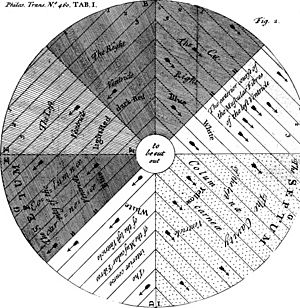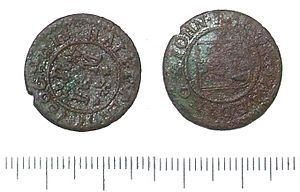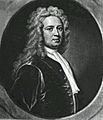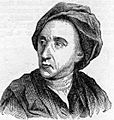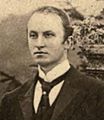Spalding Gentlemen's Society facts for kids
The Spalding Gentlemen's Society is a special club in Spalding, England, for people interested in culture, science, and history. It's a type of group called a learned society, where members share knowledge and ideas. Founded in 1710 by Maurice Johnson, it is the oldest club of its kind in Britain outside of London.
Even though "Gentlemen" is in the name, this is just a historical term. The club welcomes both men and women as members. The society has its own museum in a Grade II listed building on Broad Street in Spalding. It was built in 1911 and has beautiful carved panels on the outside.
How the Society Began
The Spalding Gentlemen's Society started in 1710 in a simple way. A few friends began meeting at a local coffee shop to chat. They talked about local history and discussed popular news from London. This was a common way for clubs to start back then.
In 1712, the group became more official. They named it the Society of Gentlemen, for the supporting of mutual benevolence, and their improvement in the liberal sciences and in polite learning. This meant they wanted to help each other and learn more about science and art. They started keeping records of their meetings and appointed leaders. In 1732, a powerful nobleman, Francis Scott, 2nd Duke of Buccleuch, became the society's official supporter, or Patron.
Famous Members of the Society
Over its long history, the society has had many famous and important members. Here are some of them:
- Sir Isaac Newton, the brilliant scientist famous for his work on gravity.
- Ayuba Suleiman Diallo, a freed slave, Muslim cleric, and nobleman from Senegal.
- Dr William Stukeley, a doctor and antiquarian (a person who studies history through old objects).
- Sir Hans Sloane, a president of the Royal Society. His huge collection of items helped start the British Museum.
- Alexander Pope, one of England's most celebrated poets.
- Sir Joseph Banks, a naturalist and botanist who traveled the world.
- Alfred, Lord Tennyson, a famous Poet Laureate of the United Kingdom.
- Sir George Gilbert Scott, an architect known for designing many buildings in the Gothic Revival style.
- George Vertue, a skilled artist who made engravings.
- John Gay, a poet and writer.
- Lord Curzon of Kedleston, a British statesman.
Gallery of Famous Members


